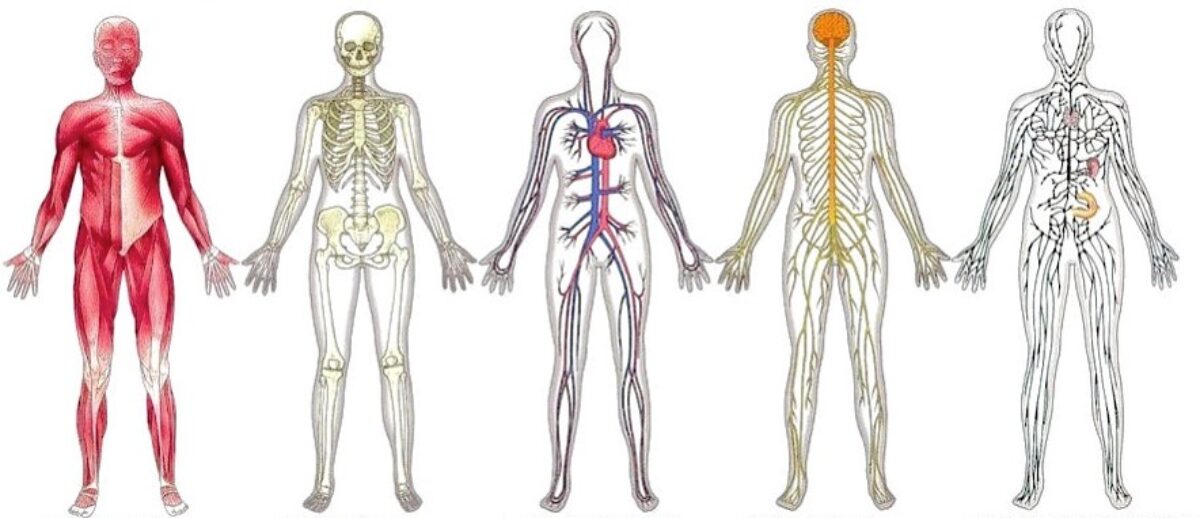
ChiroActive Approach
Q: What do you do?
A: Over the past 35+ years I have been developing a safe, gentle and effective approach to healthcare that utilizes the body’s natural healing response system. The human body is designed to repair itself and keep you alive. There is intelligence within the body that sends out the proper cells to mold and rebuild any injured area. The key to this is that your body will repair in the most efficient way to allow you to do the things you want to do.
The repairs made at the cellular level are dependent on the movements you do during the healing and rebuilding phase. You must maintain the range of motion of the area until the repairs are made at the cellular level. If you do that, you will heal completely with full range of motion and you can rebuild your strength and coordination.
When people are hurt, they need to know what movements are safe to do until they recover from their injury. Sometimes you have to move in the direction of pain. Pain is a protective indicator for the body. It is much like any indicator like the warning lights on your car’s dashboard or the smoke alarm in your home. It usually means that there is something urgent that needs to be tended to.
After an injury, there is an emergency situation occurring at the cellular level. The body is trying to minimize damage and overreacts by sending out all the troops. It floods the area with fluids that allows more cells to come in.. The swelling along with the muscles stiffening up immobilizes the area. With too much swelling, other structures that were not initially injured are now compressed and more damage can occur.
To hedge off the possible damage that can be caused by the excessive pressure, we use ice therapy. The ice slows down the excessive flow of fluids and decreases the swelling. That is why it is a natural local anti-inflammatory with minimal side effects on the rest of the body. That side effect is that it can make you feel cold.
When bones are injured the body repairs them by laying down excessive bone that makes the area stronger than before the injury. With soft tissue, this is not so. What makes bones stronger is their stiffness. However, what makes soft tissue stronger is their suppleness.
The ability to contract and relax gives the soft tissue unique properties that allow it to be more resilient. To do that, it is important to maintain full range of motion during the healing and repairing of the soft tissue. It can be uncomfortable and a little painful to maintain range of motion during this time. It will be much more difficult to recover lost motion later after the scar tissue has settled in.
After an injury, your body will repair in the fastest most efficient way to maintain your function. The cells will repair based on the movements that you are required to do. The rest of the area becomes infiltrated with scar tissue. Scar tissue is inert which means it is inactive and can be permanent if not corrected. The areas of the body where scar tissue has settled will not function properly. They will always be weaker, less flexible, less coordinated and more vulnerable to future injuries.
During the acute and subacute phase of an injury, we are trying to maintain range of motion, control the amount of inflammation and minimize scar tissue formation. This gives the body the best chance to a complete recovery. Once the problem becomes chronic than releasing scar tissue and resetting the proprioceptors becomes the priority.
In maintaining the range of motion, we must address the muscles, ligaments, tendons, and joints.
Back Pain
Q; What do you do for back pain?
A: Understanding your back:
1. Most back pain is due to mechanical dysfunction in the joints of the spine, hips and sacro-iliac joints. It is important to understand the biomechanics of all these structures to properly assess back pain.
2. Understanding biomechanics is the key to successful treatment of back pain. Back pain is a problem of movement and x-rays and/or MRI only show static images.
3. Many back specialists use static imaging to determine the cause of dynamic problems. This is why so many people are suffering needlessly. We are able to assess your movement patterns and correct them.
Many people are frustrated and feel stuck and without hope. Our patients are inspired because they can feel the difference with each and every treatment.
Come in and find out for yourself. : )
Neck Pain
Q; What do you do for neck pain?
A: Understanding your neck:
Causes of neck conditions:
1. All neck conditions have muscle imbalances that have either caused or continue to perpetuate the problem. These imbalances can produce weakness, stiffness, and abnormal movement patterns. We can quickly identify the problem and put you on course to recovery.
2. The faulty movement patterns can put increased pressure on the joints and ligaments of the neck preventing them from healing. This can also cause them to break down and eventually put pressure on the nerve roots. We can correct the movement patterns and your joints and ligaments can begin rebuilding.
3. Pressure on the nerve roots causes pain, numbness, weakness, and tingling into the head, upper back, shoulders, arms, wrists, and hands. With our treatment plan we can relieve the pressure on the nerve roots.
We use safe, gentle, and effective methods that allow you to regain your health and enjoy your life!
Treatment
Dr. Shouka uses a hands-on treatment approach that realigns the whole body through pressure and stretching. Plastic deformation is corrected with a slow and constant pressure that carefully guides the body into correct posture. Tight muscles are released to allow the agonist/antagonist muscle system to reset thereby creating strength, balance and coordination.
